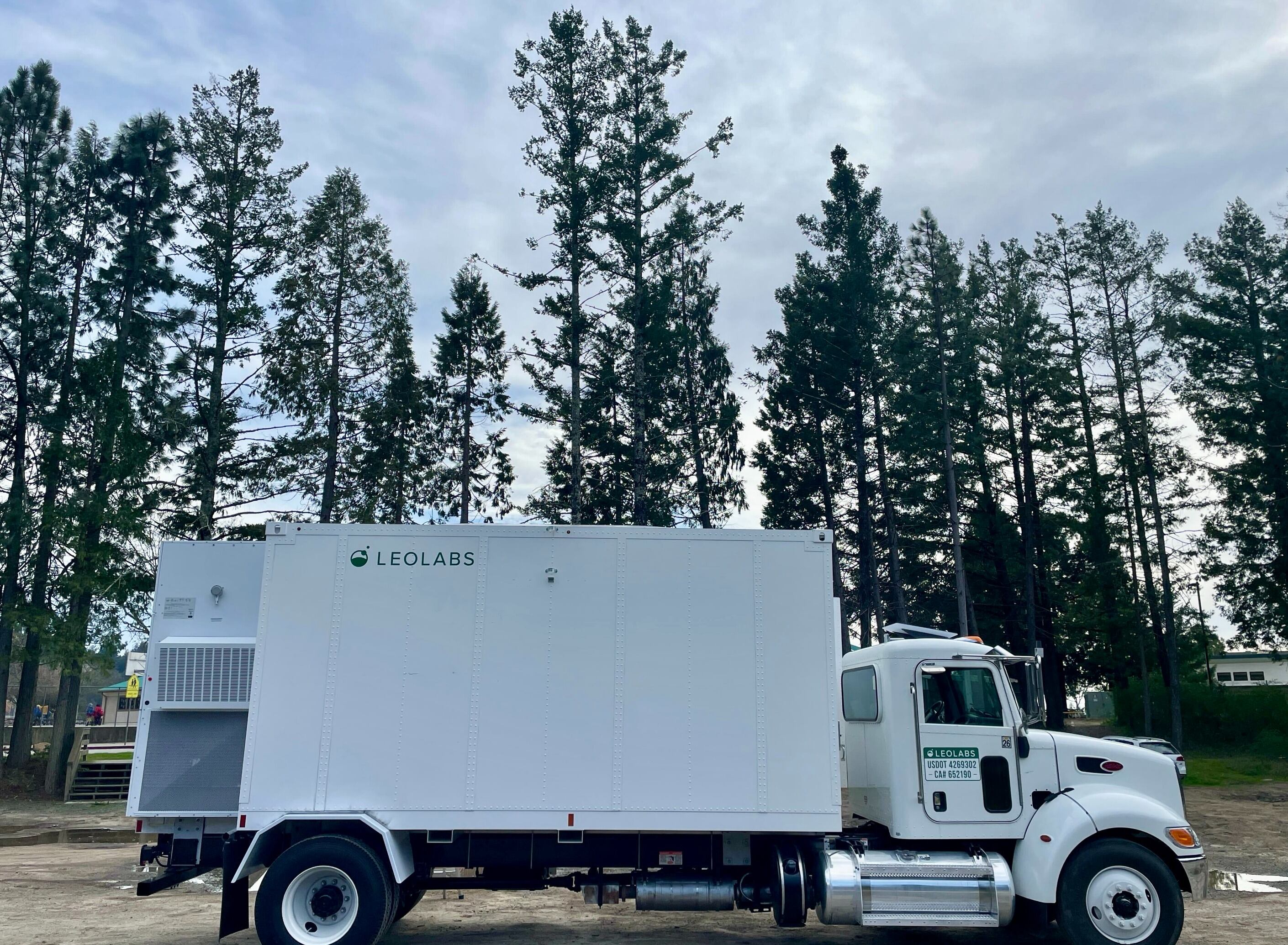WASHINGTON — As the Pentagon turns to artificial intelligence to aid operations, researchers at the Defense Advanced Research Projects Agency said they are closer to giving robots the “common sense” they need to survive the battlefield.
While AI has seen massive advances during the past decade, modern machine systems are mostly designed to tackle highly specific problems. Current AI models lack the intuition — or common sense — distinct to humans.
“They don’t understand a great deal that all of us sort of just know,” said Howard Shrobe, the program manager for DARPA’s Machine Common Sense project, in an interview.
DARPA said on Tuesday it has made a series of improvements across multiple experiments involving robotic systems and AI. The experiments are funded through DARPA’s Machine Common Sense project, a $70 million initiative to give AI the vast sea of assumptions that underlie human actions and decisions.
Although legged robots have existed for several years, in order to be deployed, they would need to adapt in real-time to unseen scenarios such as changing terrains, changing payloads and wear and tear.
Researchers want to teach the robots how to learn from their experiences – a phenomenon similar to the learning mechanism that children go through in their early years of life – rather than simply memorize data.
“It’s tricky to really measure how much the systems understand,” Shrobe said. “Sometimes just a raw measurement of performance may not be enough — you need to really tease out what’s actually going on.”
The experiments ranged from giving a multi-fingered robot the capability to grasp different objects to teaching a two-legged robot how to adjust to carrying dynamic loads. One experiment developed by researchers at the University of California, Berkeley focused on teaching a four-legged robot how to adapt to different terrains.
With another year and a half left in the program’s run, Shrobe said the results from the program could eventually be used to develop robots that could replace humans in certain battlefield situations.
Shrobe explained that service members who go through specialist schools to learn how to operate in specific battlefield situations all enter their training with common sense. While robots could be trained to operate in those situations, without common sense they would have a limited understanding of their world and behave improperly in unforeseen situations.
“We would like to start off with a level of common sense that we could assume everybody would know and then have them simply read the instructions, possibly watch demos of it, and be able to perform the tasks themselves,” Shrobe said.
The robots could then replace soldiers in situations that are particularly dangerous or messy, he said.
Although the work is preliminary, Shrobe said the implications of giving AI systems common sense could go beyond the battlefield in the next few years.
“This ability to train robots quickly, simply by letting them explore in a simulated world is something that would be attractive to everybody who works in that field,” Shrobe said.
Catherine Buchaniec is a reporter at C4ISRNET, where she covers artificial intelligence, cyber warfare and uncrewed technologies.








